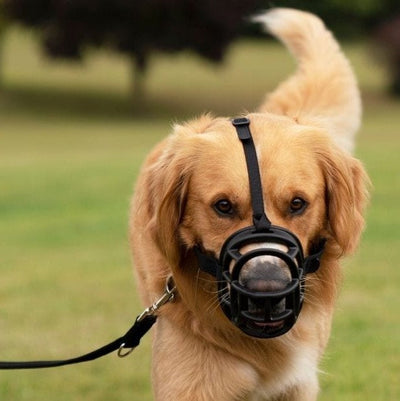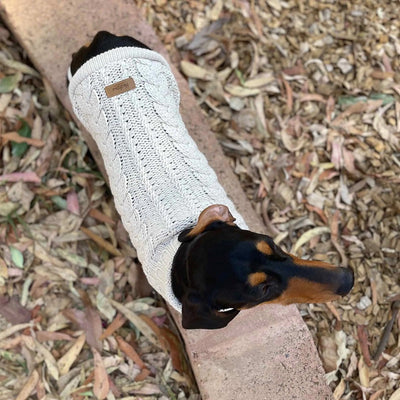As a nation of adapters to change, Australians are setting a new trend in pet ownership. As our lives become busier, backyards shrink or circumstances change, more of us are seeking alternate pets to love and nurture. About 2% of the population owns a reptile, this is estimated at 364,000 pet reptiles nationally. Of this figure, turtles are the most popular pet, with 44% of reptile owners keeping a pet turtle! Interestingly, the majority of reptile owners live in NSW (3% of households vs. 2% nationally).
Turtles that are most commonly kept as pets in Australia are the Eastern Long neck (chelodina longicollis) and the Murray short neck turtle (Emydura macquarii). It is a requirement for you to have a licence to keep either of these species of turtles as a pet here in NSW.
How do I care for a pet turtle?
As with any responsible pet owners, the first place to start is with some research. Here is a brief guide on pet turtles for beginners! We are a licenced reptile outlet and our knowledgeable staff can answer any question you may have in regards to keeping a pet turtle.
Eastern long and short neck turtles are naturally found in freshwater rivers, swamps, lakes and billabongs. These aquatic animals need a purpose built turtle terrarium that will allow you to recreate their natural habitat as closely as possible.
These terrariums need a basking area out of the water, water that is deep
enough for them to roll over completely and feed from. Water quality is key for turtles. As they feed under water, a biological filtration system is essential. So too is doing regular water changes and tests every few weeks to maintain a healthy habitat.
Your turtle terrarium will need special reptile lighting to ensure that they receive adequate levels of UVA & UVB light sources, essential for a turtle to absorb calcium for a strong carapace (that’s the top of their shell) and their plastron (that’s the underside of their shell). A warm basking lamp placed over their basking platform is also required to help warm up your pet turtle.
A heater for the water is essential as these species of turtle thrive when the water temperatures are between 27 – 30 degrees. Like all reptiles, turtles are ectothermic, they need heat to be active to eat and digest their food.
Turtles may experience a hibernation period during cooler months. This is more accurately known as brumation in when referring to reptiles. During this time, they may become less active and eat less.
What do I feed my pet turtle?
Turtles are primarily omnivores, so a meaty diet is best. Frozen turtle dinner, bloodworms, chopped up prawns and even some dry omnivore mix. Don’t worry, we specialise in pet turtles food and other food for reptiles. Turtles feeding habits will depend on the species of turtle and the conditions of their habitat and most importantly the water temperature. Live plants should be offered to your turtles occasionally as this is a great way to keep their digestive tracts regular.
How big do pet turtles grow?
The Murray short neck turtle can grow up to 30cm. Eastern long neck turtles can grow up to 25cm.
How long will my pet turtle live for?
Although turtles have graced the earth for millions of years, their natural habitat here in NSW is under threat. Pollution, plastic, rising salinity in the Murray River, feral predators and drought are of concern to their fragile ecosystem. In captivity, you can expect your turtle to live for up to 30 years on average.
Where do I find more information?
For more information on the care of pet turtles we have all the essentials here in our turtle pet care guide.
You can always call into our Bowral store and observe our current turtles in action!
For further information, call in & see us in the store, or email us: admin@weknowpets.com.au
4/72-76 Station St Bowral NSW 2576
PH: 024862 1175
© weknowpets 2021






